Soviet Lenses Compared, Part V
And so we come to the final part of our little test. Rather than showing full frames, this time around I’ll be presenting pairs of 100% crops to show how each lens handles fine details at two different apertures. The portion of the frame I’ve chosen was the focal point of the shot (obviously) and close to the center of the frame; it was about 1.7m from the camera. Just for reference, here’s what the full shot looks like:

The original intent was to look at the transition to out-of-focus, not fine detail, hence the off-center subject. Dead center would have been better, I suppose, but what are you going to do? I took two exposures with each lens, one at f/5.6 and 1/250, and another at f/11 and 1/60 – each pair will be posted in that order. As always, click for the full-size version.
–


There’s some pretty significant sharpening of the image when the FED is stopped down. Contrast improves somewhat at the smaller aperture as well (the lighting was shifting quickly, so there is some unfortunate variability in that regard, but nonetheless I think the contrast is affected by the aperture here). The overall image is still relatively soft, even at f/11.

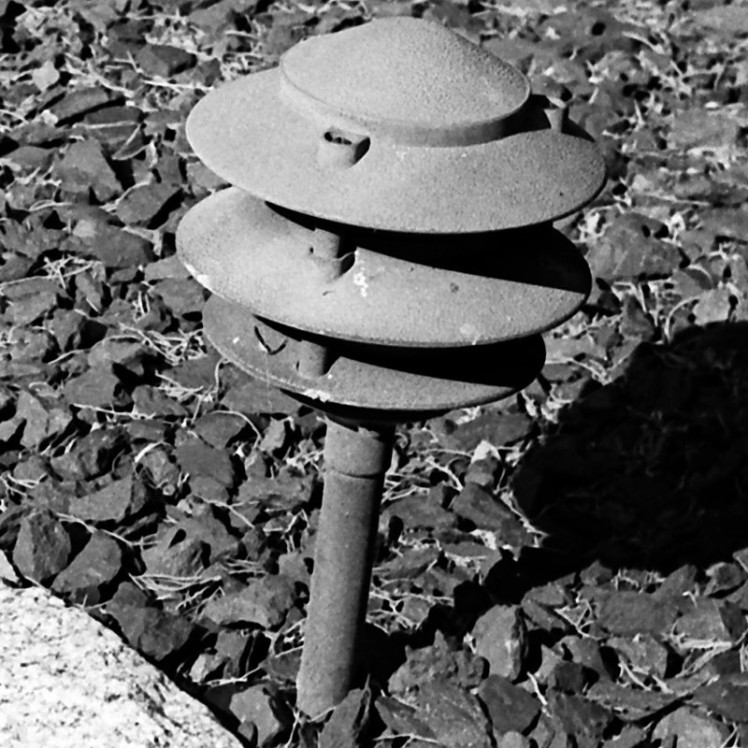
The always-bright I-26 demonstrates sharpness at f/5.6 that the FED only manages at f/11, while the I-26 stopped down is considerably sharper still. Contrast appears to be more stable across the range with this lens.

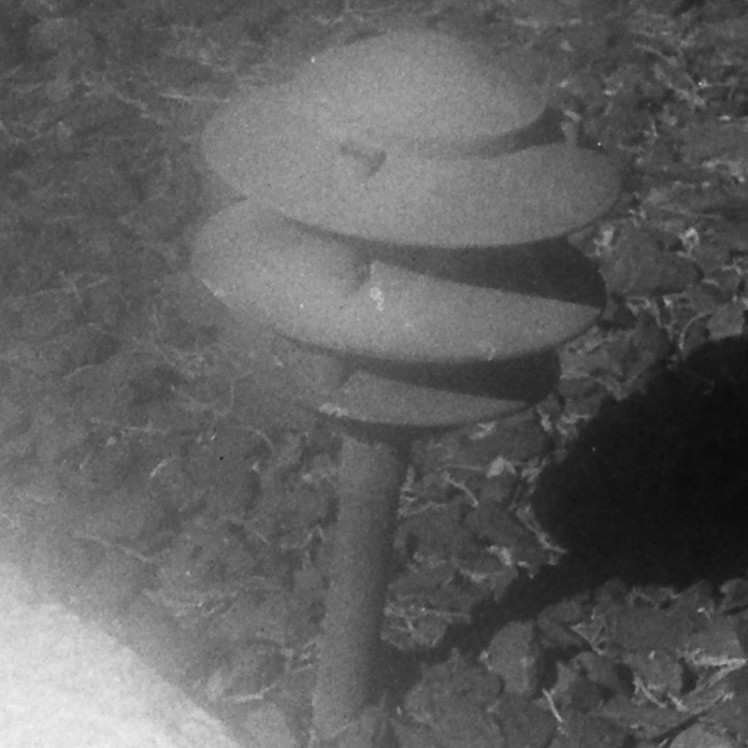
The I-50/fake Elmar demonstrates an odd side-effect of the damaged front element here: the lens is sharper at the wider aperture, while stopped down – with more light being forced through the worst of the damage at the center – it degrades into a soft, glowy, low contrast mush. No one in their right mind would expect any sort of sharpness from a lens this badly damaged, but I included it here for the sake of being thorough.

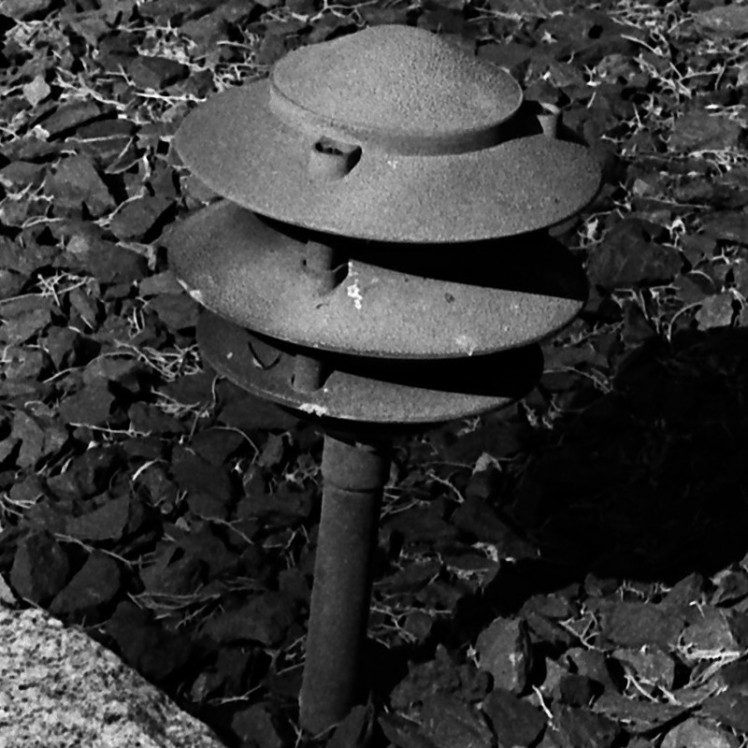
Once again the Jupiter-8 shines. Not only is it sharper than the others – with the sole exception perhaps of the I-26 stopped down – but it is more consistent across the range as well, both in terms of sharpness and contrast, particularly in the fine textural details on the lamp.
=
So there you have it. A rather unscientific test, I admit, but one that hopefully offers a few insights into how these lenses perform. Please note, of course, that individual examples will vary, depending on a whole host of factors. This test is in no way intended to be definitive.
It seems appropriate to offer some conclusions. The Jupiter-8 is the winner in my eyes, inasmuch as it offers the greatest range of consistent capability in a variety of conditions. I was impressed with how well the Industar-26 performed in many cases, however. The FED lens, being the oldest of the four tested, unsurprisingly did not provide the level of sharpness or contrast that the I-26 and the J-8 did. It does offer a pleasant look, though, one that none of my other LTM lenses can replicate; I shot several rolls with it after I did this test and I was quite pleased with the results. As for the I-50/fake Elmar, well, it never had a chance, really. Still, it might see occasional use wide open as a portrait lens or to do soft-focus still-lifes or something. It was free, after all, so there’s hardly a downside.
Right now the FED is mounted to my FED-2 – the compactness is really nice – but I’m sure the Jupiter-8 will be on there fairly often as well. I feel like I should use the I-26 more, but it’s hard to justify when the J-8 is available.
As always, Your Humble Filmosaur is happy to hear your comments, criticisms, and personal experiences (at least relative to photography – this ain’t a therapy session).




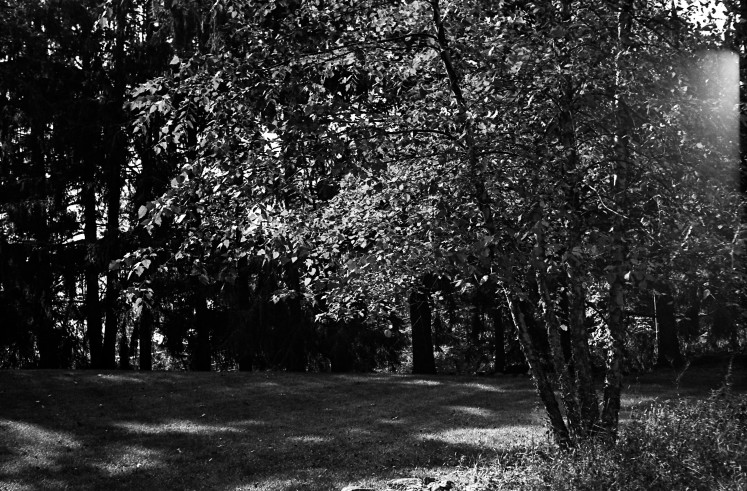
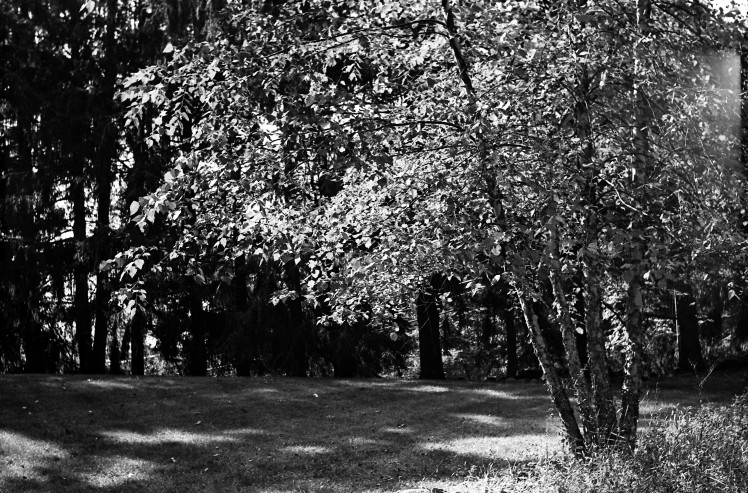


You must be logged in to post a comment.